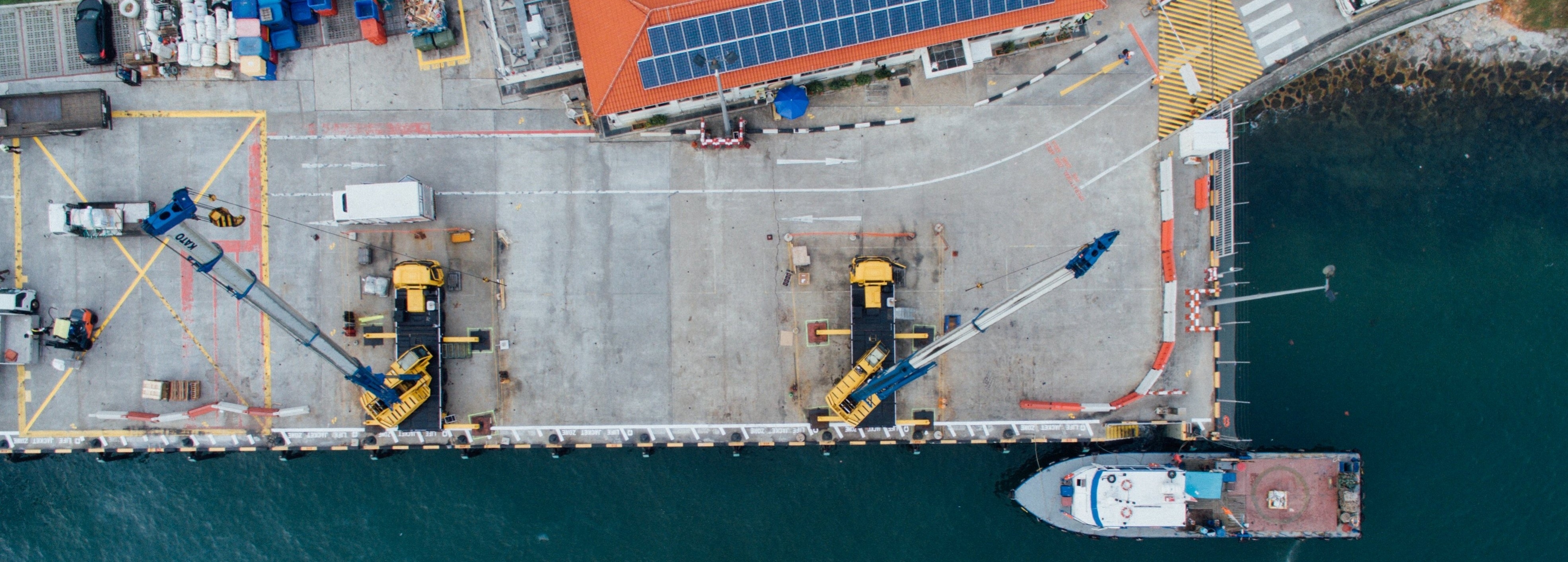Imported goods that are shipped internationally will often be selected for examination before they arrive to port. Depending on the Customs and Border Protection (CBP) team associated with your team, your imported goods may go into multiple exams at one time.
Exams in CBP
Vacis Exam / X-Ray
The most common exam type. The whole container will go through an x-ray to get a comprehensive look at the container, via the vehicle and cargo inspection system (Vacis).
Tail Gate Exam
Where the CBP opens the back of the container — or, the tail end — and does a visual inspection of some of the imported goods
Partial Exam
Where the CBP will select a few cartons at random and inspect the goods.
Intensive Exam
The biggest exams that typically take the longest. CBP officers will request that certain cargo move to a CBP-approved warehouse. At the warehouse, CBP officers inspect all your product to ensure they’re following all shipping rules and regulations. This typically takes an additional seven days, at a minimum.
- Intensive CET Exam – CET (Contraband Enforcement Team) – an intensive exam to protect the United States from narcotics, drugs, and weapons.
- Intensive MET Exam – MET (Manifest Examination Team) – an intensive exam to review and verify the importer documents. This exam ensures that the importer’s documents are aligned with the goods being imported, with no avoidance of tax or copyright.
United States Department of Agriculture (USDA) Exam
Where a hold is placed on, typically, any type of food or wood products. This is to ensure that whatever the importer is bringing in does not contain diseases, pests, or other insect infestations. The USDA will often take samples to bring back to the lab for testing.
Food and Drug Administration (FDA) Exam
To ensure the food and drugs being imported follow U.S. guidelines and is safe for consumers. The FDA will often take samples to bring back to the lab for testing.

